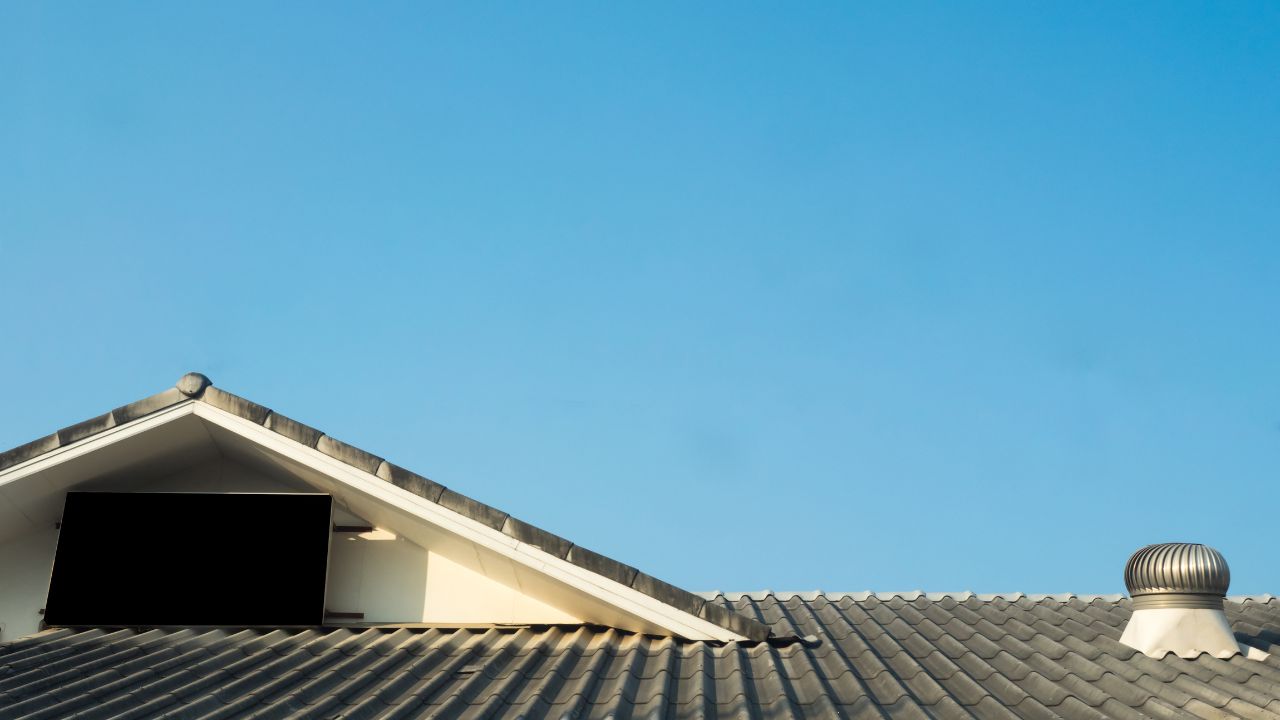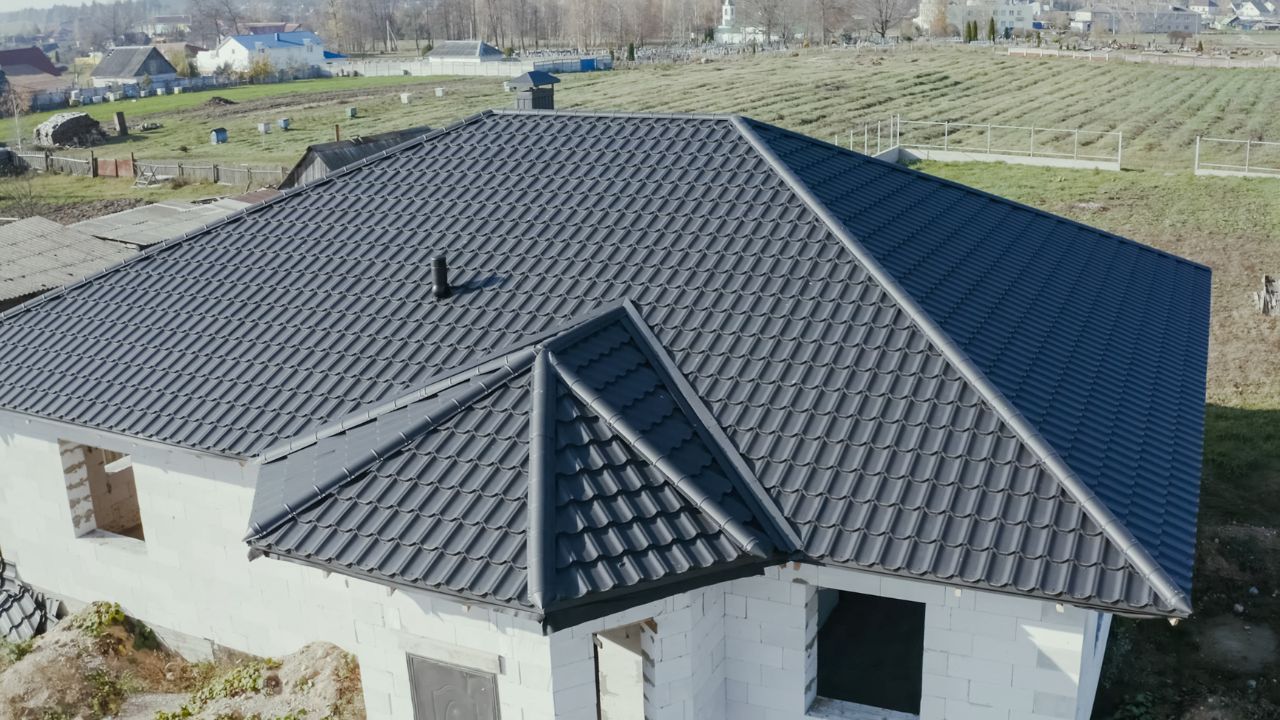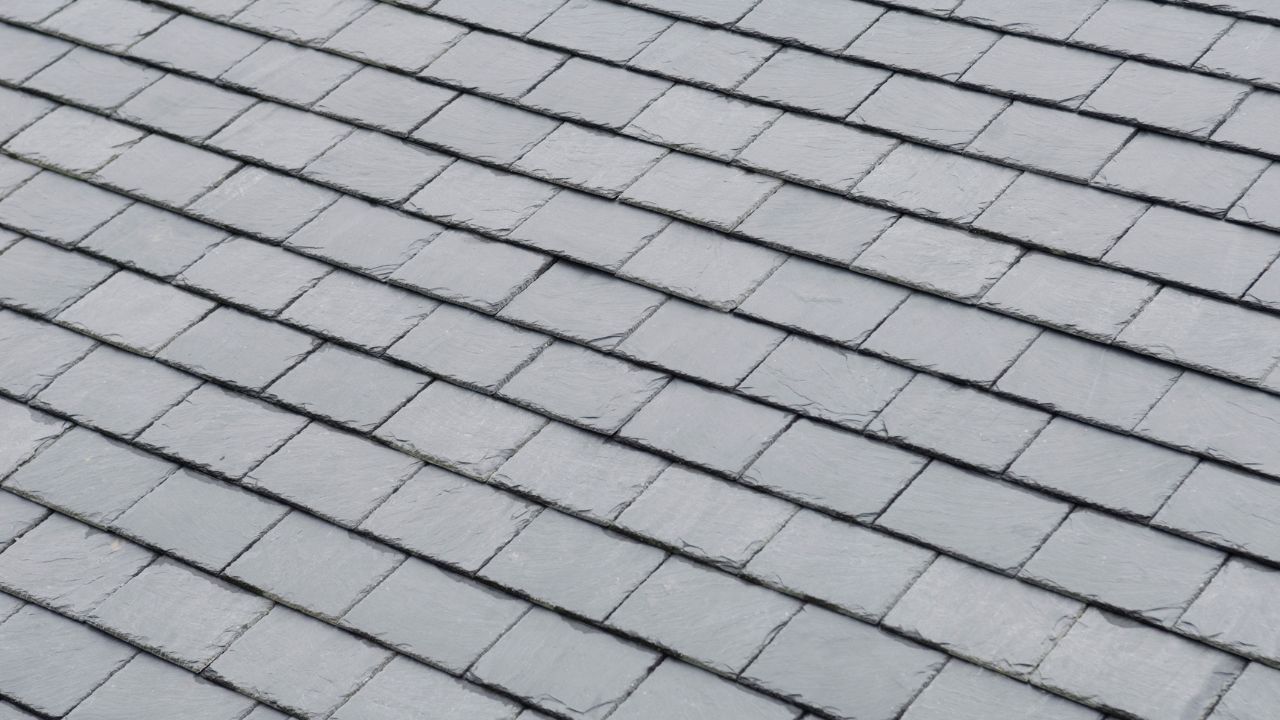Key Takeaways:
- Roof ventilationSystem of vents improving attic airflow and preventing heat and moisture buildup. helps lower energy bills. A well-vented attic keeps your home cooler in summer and prevents ice dams in winter, reducing AC and heating costs.
- SoffitThe underside surface between the eaves and exterior wall. and ridgeThe horizontal line at the highest point where roof planes meet. vents work together. Cool air comes in through soffit vents, hot air escapes through ridge vents—this balance keeps your attic from overheating.
- Poor ventilationControlled movement of air into and out of a space for temperature and moisture regulation. causes problems. Trapped heat, moisture buildup, and ice dams can damage your roof and make your HVAC work harder.
- You could save 10-15% on cooling. Proper attic airflow cuts energy waste, putting money back in your pocket.
- Advanced Roofing Inc can help. We’ll check your attic, recommend the right vents, and improve your home’s efficiency—no guesswork needed.
When it comes to keeping your Illinois home comfortable, most people think about things like a programmable thermostat or upgrading their water heater. But there’s one thing many homeowners overlook—their roof vents. Yep, something as simple as proper ventilation in your attic can make a huge difference in your energy consumption and even lower those annoying utility bills.
Let’s break it down in simple terms. Your attic isn’t just extra storage space—it plays a big role in how your home handles heat and cold. Without attic ventilationSystem that balances intake and exhaust air in attic spaces., hot air gets trapped up there in the summer, making your AC work overtime. In the winter, moisture buildup from everyday activities (like cooking and showering) can lead to problems like mold or even ice dams. Not fun, right?
How Does Roof Ventilation Work?
Think of your attic like a car parked in the sun with the windows rolled up. It gets crazy hot inside, right? Now imagine cracking the windows open—the hot air escapes, and the temperature drops. That’s basically what roof vents do for your home.
There are two main types of vents that work together: intake vents (usually soffit vents) and exhaust vents (like ridge vents). The soffit vents let cool air in from the bottom, while the ridge vents let hot air escape from the top. This creates a natural flow of air that keeps your attic temperatures in check.
The Energy EfficiencyThe ability of a roofing system to minimize heat transfer and reduce energy consumption. Connection
Here’s where things get interesting. When your attic doesn’t have proper ventilation, heat builds up in the summer. That heat doesn’t just stay up there—it seeps into your living space, making your AC work harder. The same thing happens in winter. Trapped warm air melts snow on your roof, which then refreezes at the edges, causing ice dams that can damage your roof and gutters.
By improving attic ventilation, you help balance the temperature. In the summer, hot air escapes, reducing the load on your cooling system. In the winter, it prevents moisture buildup and ice dams. The result? Lower energy usage and fewer surprises on your utility bills.
How Much Can You Really Save?
Good question! While exact savings depend on your home’s size (in square feet), insulation, and current energy efficiency, studies show that proper ventilation can cut cooling costs by up to 10-15%. For a typical Illinois home, that could mean saving hundreds of dollars a year.
Another thing to consider—attic insulationInstalling insulation materials to improve home energy efficiency. works hand-in-hand with ventilation. If your insulation is old or thin, heat moves through your attic floor easily, making your HVAC system struggle. Pairing proper insulation with roof vents maximizes savings and keeps your home at a comfortable temperature year-round.
Signs Your Attic Needs Better Ventilation
Not sure if your attic is part of the problem? Here are some red flags:
- Your upstairs feels way hotter than the rest of the house in summer.
- You notice excess moisture or mold in the attic.
- Ice dams form on your roof in winter.
- Your energy bills keep climbing for no obvious reason.
If any of these sound familiar, it might be time for an energy auditAssessment of energy use and efficiency improvement opportunities. or a chat with a roofing contractorLicensed professional specializing in roof installation and repair. like us at Advanced Roofing Inc.
What’s the Best Ventilation System for Illinois Homes?
Every home is different, but a balanced system with intake vents and exhaust vents works best for most Illinois houses. Ridge vents are a popular choice because they blend into the roofline and provide consistent airflow. Combined with soffit vents, they create that natural circulation we talked about earlier.
For homes with more complex roofs, additional options like powered attic fans or Energy Star-rated vents can help. The key is making sure the system is designed for your home’s specific needs—too many vents can be just as bad as too few.
The Hidden Benefits of Proper Ventilation
Saving money on energy costs is great, but there’s more to it. Good attic ventilation also:
- Extends the life of your roof by preventing heat lossEscape of interior heat through roof or walls during cold weather. and moisture buildup.
- Protects your attic insulation from getting damp and losing effectiveness.
- Improves indoor air quality by reducing humidity and preventing mold.
So, it’s not just about lower utility costs—it’s about keeping your home healthier and your roof in good shape for years.
What’s Next?
If you’re thinking, "Okay, this makes sense, but how do I get started?"—we’ve got you covered. At Advanced Roofing Inc., we specialize in roof ventilation that Illinois homeowners can rely on. Whether you need new roof vents, an inspection, or help choosing the right system, our team knows how to improve your home’s energy efficiency without the hassle.
The best part? You don’t have to guess. We’ll check your attic, explain your options, and give you honest advice—no pressure, just straight talk. Because at the end of the day, a well-ventilated home is a more comfortable, cost-effective one.
Ready to stop overpaying on energy bills? Let’s make your attic work for you. Give us a call or visit our website to schedule a consultation. Your roof (and your wallet) will thank you!






